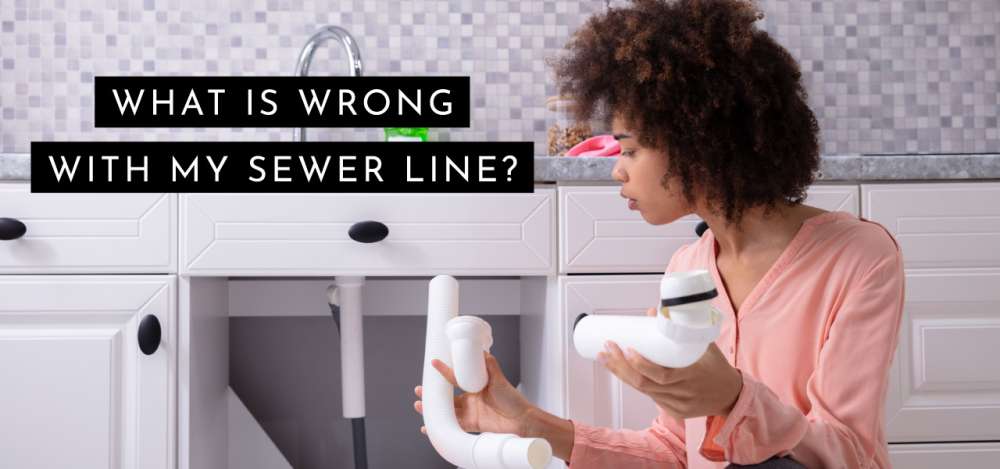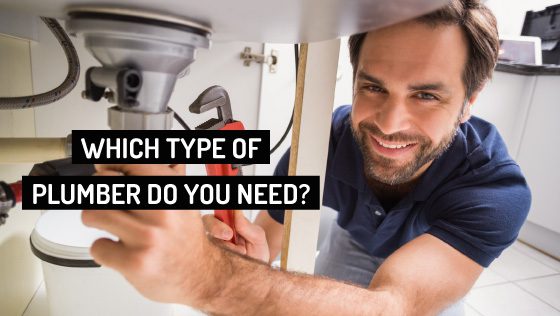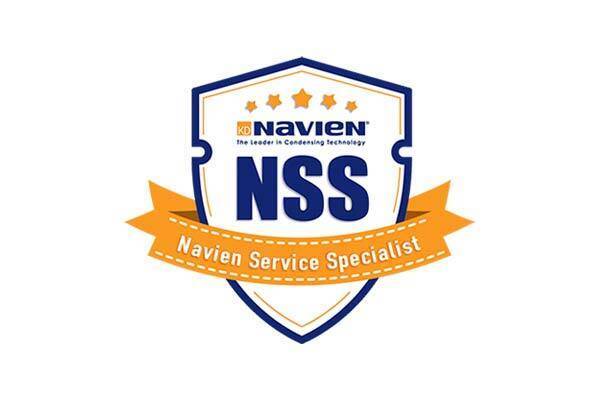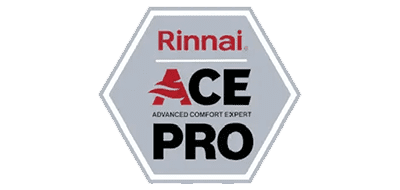Out of sight and out of mind.
Unfortunately, that is the approach most homeowners take toward the maintenance and upkeep of their sewer lines. It’s only natural that we pay little to no attention to our sewer lines condition until signs of sewer line trouble appear. Symptoms of sewer drain issues include gurgling sounds from drains and toilets, sinks and tubs that take longer to empty, and toilets that don’t always flush all the way.
Promptly responding to a sewer line problem is critical for any homeowner that wants to avoid costly repairs down the line. The longer a broken sewer or drain line continues to leak, the more you risk damage to not only your plumbing, but also floors, walls, and even foundations. Once wood, insulation, and drywall are exposed to a raw sewage backup, it often requires at least moderate renovation and even mold remediation to make the home inhabitable again.
What Causes Sewer Lines to Fail?
The most common causes of sewer line failure are corrosion-related to age, which leads to a slow breakdown of your pipe; and tree root infiltration, whose symptoms appear all at once. If your home was built before the 1970s, the chances are high that you still have galvanized steel or even clay sewer pipes. When steel pipes begin to age, they become weaker, especially around fittings and pipe bends. Pipe threads start to rust and flake away from the outside of the line, while buildup from years of cooking grease, soap residue, and the occasional stuffed animal down the toilet results in chronic blockages inside the line.
Tree roots are naturally drawn to water, and since a sewer line is filled with water and fertilizer, it only makes sense that tree roots find sewer lines extremely attractive. Once these roots have grown around the pipe, they thicken and continue to squeeze the pipe until it cracks. After gaining entry, the tree roots can grow into and across the interior of the line. Tree root growth in a sewer pipe can lead to complete blockages of the main sewer line, causing many of the unpleasant symptoms we discussed above.
How Do I Know If I Have A Broken Sewer Pipe?
That is the “Million Dollar Question,” and quite often, a sewer leak will manage to keep itself hidden, either underground or under your home for months. Keeping an eye on conditions in your yard can quickly bring these issues to your attention, saving you from thousands of dollars in further damage.
Soggy Soil/Exceptionally Green Section of Lawn:
These two usually show up as a team and often make the part of your lawn that passes over the sewer line extraordinarily green and lush. The glow of this “benefit” will quickly wear off as the sewer line continues to leak until the soil above it becomes soggy and wet with wastewater, creating the possibility of forming a sinkhole and leaving behind the worst kind of mud.
Bugs and Other Critters:
Insects and rodents love to make their home inside a broken sewer line, as it allows for a steady water supply and a great hiding spot to raise their family. If rats can get into your sewer line, it’s just a matter of time before they get into your house, possibly bringing other vermin and diseases along with them.
Cracked Slabs and Drywall:
As previously mentioned, sewer line leaks can cause the soil beneath your house to shift, creating cracks in your concrete slab. The first sign of a slab issue caused by a sewer leak is cracking in the drywall around the home, doors that are harder to open and close, and sagging floors.
Can a Broken Sewer Line be Repaired?
Sewer lines are repaired by digging an access trench near the point of the break and cutting the main sewer line on either side of the break, removing the damaged section. Once a replacement pipe is sized and cut to fit, the new section ends are threaded and equipped with fittings or welded together. Once the line is cleaned one more time and tested for leaks, the excavated dirt is replaced, and we’re out of your way.
While it’s tempting from a financial standpoint to continue to repair sewer line breaks as they occur, Nick’s Plumbing and Air Conditioning recommend that our customers only make one repair to their sewer line. A single break in a line is an indication that the time for replacing the pipeline is approaching. The second or third break means it’s probably time to consider sewer line relining or sewer line replacement.
Nick’s Plumbing and Air Conditioning offers sewer leak detection services to Houston and the surrounding areas. For the last four decades, Nick’s has been repairing, maintaining, and installing sewer lines all over Houston. For any issues with your drain or sewer lines, call the licensed and experienced experts at Nick’s for a cost evaluation or second opinion on sewer line maintenance, repair, or installation.


























